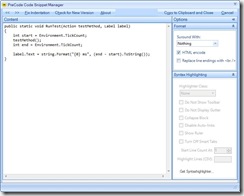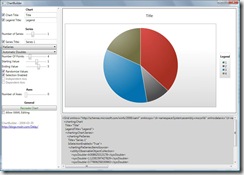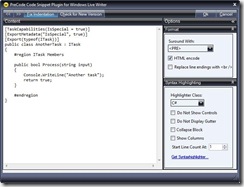That’s right, just yesterday the first version of the PySide project was released.
The PySide project “provides LGPL-licensed Python bindings for the Qt cross-platform application and UI framework”.
As you may already know, some months ago Nokia acquired Trolltech, the makers of the Qt cross platform UI framework and made it
available under the LGPL license. That made a lot of people think of Qt again, and think about switching to it,
now that it comes with this liberal license.
One little problem remained, however (at least for the many people that use Python out there). The nice PyQt binding was still dual licensed with either a non free commercial license or a GPL one.
There were some people that asked the makers of the PyQt python bindings if they were going to provide an LGPL licensing option. Many people thought that it is natural that there will be an LGPL licensed Python binding for Qt sooner or later. And if that was not going to be PyQt then the community was going to make a new one. Even Nokia considered PyQt, but as described in the PySide FAQ “common agreement could not be found”.
Well, it seems that the guys at Nokia, like the Python community, thought that they need an LGPL licensed Python bindings for Qt. After doing some research, they “decided that building our own bindings was the best option”.
Currently the bindings are available only for Linux, but the project “aims to support all the platforms Qt does”. The PySide FAQ is an interesting read if you have questions about the project and Nokia’s involvement in it (as I’m sure you have).
Now we only need someone to make PySide available for Windows (and other platforms of course:)).
Will Qt become the standard for cross platform development of the open source world?










